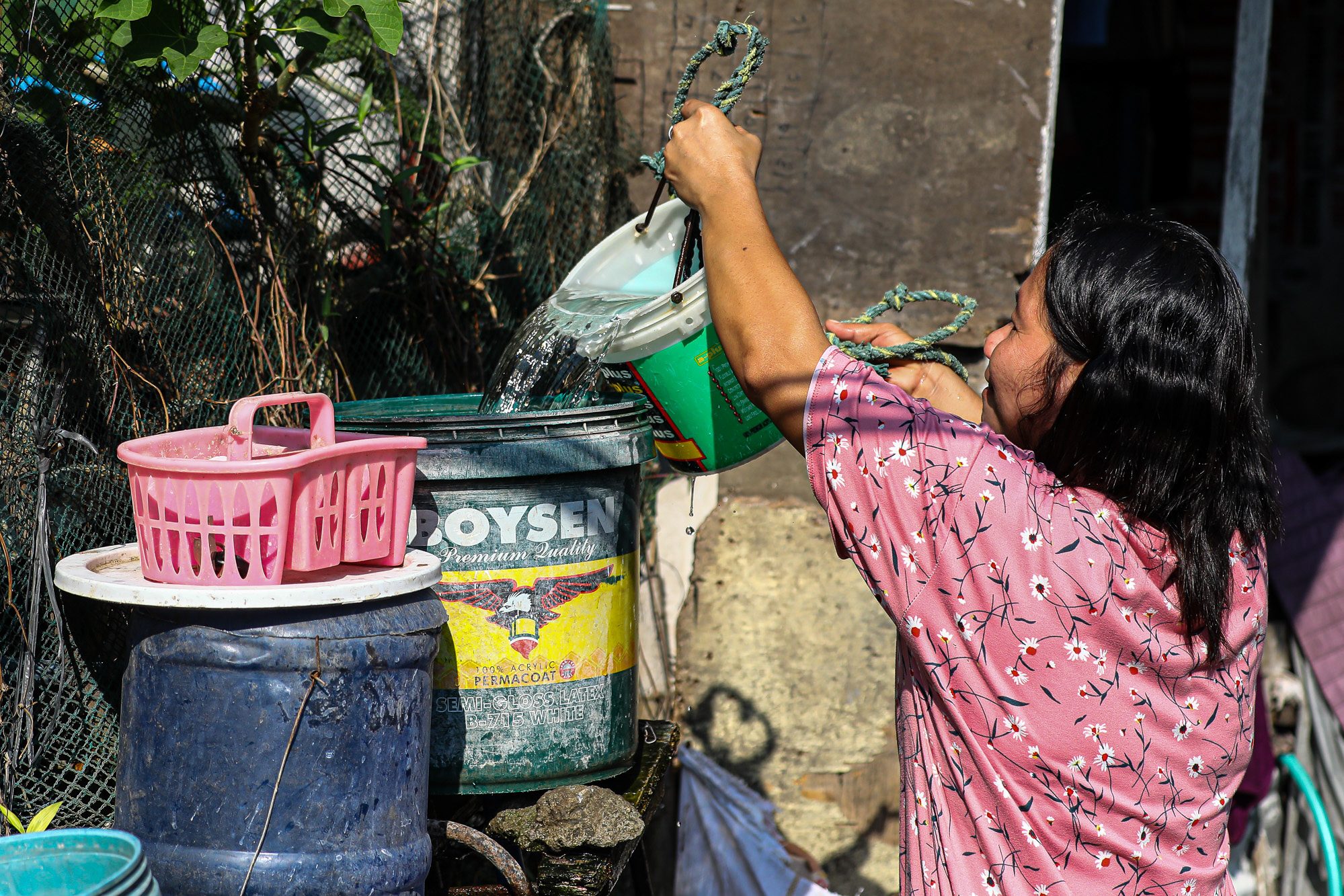SUMMARY
This is AI generated summarization, which may have errors. For context, always refer to the full article.

MANILA, Philippines – If a government office with millions worth of water bill halved its consumption, thousands of households in Metro Manila will have water.
“The top 10 government facilities in NCR (National Capital Region) consume a total of 20 million liters of water per day (mld),” Environment Undersecretary Carlos Primo David told Rappler in a message on Tuesday, July 11.
“If we are able to save half of their water consumption (10 mld), this volume can supply at least 10,000 to 20,000 households,” he added.
David did a rough estimate during a press briefing on Tuesday, Julu 11. Just halving the consumption of government offices would already be a big help to secure the water supply of many Metro Manila households and families, he said.
In a recent interview with CNN Philippines, David said some government offices’ water bills amounted to millions, ranging from P10 million to P17 million.
Starting July 12, some Metro Manila residents will experience water service interruptions as the water level in Angat Dam continues to dip.
The Water Resources Management Office (WRMO) under the Department of Environment and Natural Resources (DENR) recently released two bulletins, enumerating guidelines for government offices as well as barangay officials and residents to conserve water.
David said many government offices had undetected leaks, especially in the old transmission pipes they used.
“In one case we found six major leaks in the transmission pipes,” David said. “We plugged three of them, courtesy of Manila Water.”
But it’s not just huge government offices that waste water because of leaks, David said. Some barangay halls that have few staff members have water bills that exceed P100,000.
While the water conservation campaign of the WRMO initially focused on big government offices, David said they would eventually go down to local government units to patch leaks and identify other issues that’s causing excessive bills.
Incentive, not penalty
While the WRMO has released guidelines for agencies to follow, David clarified that they wanted to give incentive more than set penalties for non-compliant offices.
“For every peso that you are able to save in your water bill, you should be able to partly recover it,” David said. The undersecretary is eyeing a possible collaboration with the Department of Budget and Management to implement this incentive system.
Together with the Metropolitan Water and Sewerage System, the WRMO will track the monthly water bills of government offices. A non-compliant office will be given a notice on excessive use of water.
Gearing up for water crisis
All these efforts are geared towards avoiding a repeat of the 2019 water crisis, when Angat Dam water levels dipped to record lows.
At that time, David recalled, “we only had a few weeks left of water and not a single drop would be available from Angat.”
We’re not yet in that situation, David assured the public. But hopefully rain would come and replenish the water supply.
But sectors are already feeling the brunt of water supply woes. Progressive group Kilusang Magbubukid ng Pilipinas is demanding that the National Irrigation Administration (NIA) bare plans to address irrigation water shortage.
The WRMO said it would issue this week recommendations to address the effects of El Niño.
President Ferdinand Marcos Jr. said the DENR, the Department of Public Works and Highway, the Department of Agriculture, and the NIA are all working together to come up with a mitigation plan to at least respond to the effects of El Niño in 2023.
The Philippines isn’t alone in preparing for the impending crises that the return of El Niño brings. The rest of the world is also grappling with high temperatures. The World Meteorological Organization expects global temperatures to continue to rise in the next five years due to greenhouse gas emissions and El Niño.
– Rappler.com
Add a comment
How does this make you feel?








![[Vantage Point] Lawmakers push for Meralco’s early franchise renewal](https://www.rappler.com/tachyon/2024/06/lawmakers-meralco-early-franchise-renewal-june-25-2025.jpg?resize=257%2C257&crop_strategy=attention)



There are no comments yet. Add your comment to start the conversation.